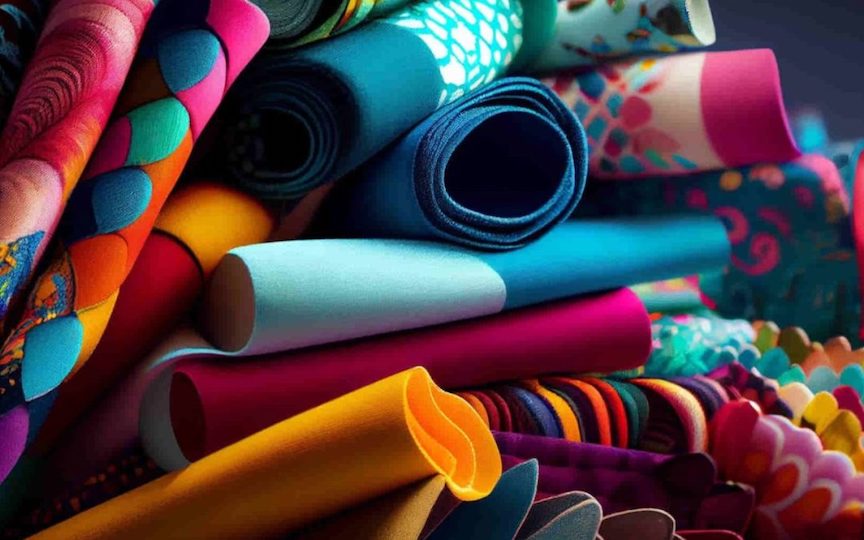How Technology is Shaping India’s Textile Industry
Related Articles
Queen Victoria’s Ghost Still Runs Mumbai—And It Shows!
Mumbai handles a municipal budget exceeding ₹52,000 crores annually—larger than the GDP of several small nations. Yet this megacity of 20 million souls operates...
सांभर फेस्टिवल 2025 का भव्य शुभारंभ राजस्थान की संस्कृति, रोमांच और पर्यटन का उत्सव
राजस्थान की ऐतिहासिक और प्राकृतिक धरोहर सांभर एक बार फिर वैश्विक पर्यटन मानचित्र पर चमक रही है। 27 दिसंबर से 31 दिसंबर तक आयोजित...
Forget Pakistan — Bangladesh Is Where India Is Actually Losing the Great Game
When Sheikh Hasina's plane lifted off from Dhaka in August 2024, it wasn't just the departure of a prime minister—it marked the potential unraveling...



 Mr N Chandran is the Chairman of Eastman Exports. He is a first generation entrepreneur hailing from an agrarian family and the guiding force behind the company’s motto of manufacturing and exporting the best quality and in-trendapparels to global retail giants. Hailing from a humble background, Chandran understands the difficulties faced by the labour force and has hence undertaken a number of initiatives for their well-being, especially for the women workforce. He has also adopted a school which provides free education to underprivileged children.
Mr N Chandran is the Chairman of Eastman Exports. He is a first generation entrepreneur hailing from an agrarian family and the guiding force behind the company’s motto of manufacturing and exporting the best quality and in-trendapparels to global retail giants. Hailing from a humble background, Chandran understands the difficulties faced by the labour force and has hence undertaken a number of initiatives for their well-being, especially for the women workforce. He has also adopted a school which provides free education to underprivileged children.